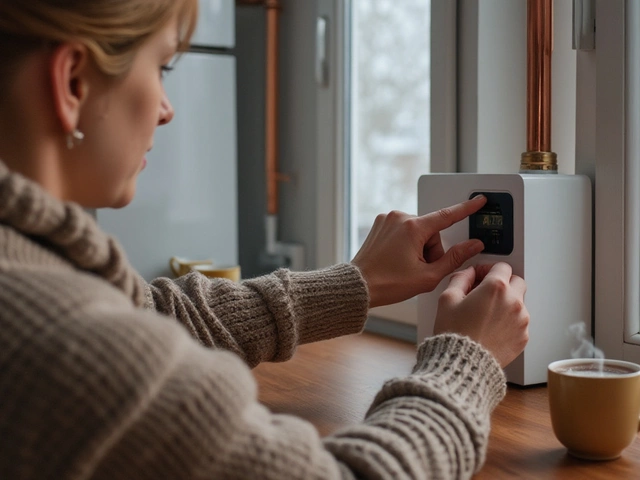If your oven is acting up, the culprit is often a single part that can be swapped out. From a cold oven to uneven heating, most problems point to the heating element, thermostat, door seal, or fan. Knowing which part to replace and how to do it saves time and money.
Heating element – This metal coil creates the heat. When it’s broken or burnt out, the oven stays cold or heats unevenly. Look for visible cracks or a burnt smell.
Thermostat or temperature sensor – If the oven runs too hot or too cool, the sensor is likely sending wrong signals. You can test it with a multimeter; a reading far from the spec means replace.
Door seal (gasket) – A cracked or torn seal lets heat escape, causing longer cooking times. Feel for drafts or see gaps when the door is closed.
Cooling fan – Some electric ovens use a fan to spread heat. A noisy or stopped fan leads to hot spots. Check that it spins freely and isn’t blocked.
1. Unplug the oven – Safety first. Pull the plug or turn off the circuit breaker.
2. Remove the old part – For an element, take out the back panel, disconnect the wiring, and unscrew the element clips. For a thermostat, locate the sensor, unscrew it, and pull the wiring connector.
3. Match the new part – Bring the old part to a hardware store or order online. Make sure the model number and voltage match your oven.
4. Install the new part – Reverse the removal steps. Secure the element or thermostat, reconnect wires, and re‑attach any panels.
5. Test the oven – Plug it back in, set a temperature, and watch for proper heating. If the oven still misbehaves, the fault may be the control board or wiring, which usually needs a pro.
Most replacements take under an hour and cost between £20 and £80, depending on the part. If you’re not comfortable handling wires, call a qualified repair service.
Regular care can keep parts from failing. Clean the oven interior after each use, check the door seal every few months, and avoid slamming the door. A quick visual check of the element for discoloration can catch problems early.
When you’re stuck, remember that professional help isn’t just about fixing the immediate issue. A qualified technician can spot hidden faults, test electrical safety, and ensure the oven meets UK regulations.
Bottom line: most oven hiccups boil down to a single part. Spot the symptom, match the part, and follow the safety steps. You’ll be back to baking, roasting, and grilling without a lengthy service call.

Wondering if your 20-year-old oven can be repaired? Discover repair tips, replacement part insights, costs, and when it makes sense to swap your old oven for a new one.

Stuck with a broken extractor fan and not sure what to do next? This article gives you practical ideas for improving air flow in your kitchen or bathroom when the fan is out of action. Learn about effective ways to keep humidity, smells, and condensation under control using simple tools and habits. Discover the pros and cons of each alternative solution so you can pick what fits your place best. Skip the stress and get the facts on dealing with bad ventilation the easy way.

Stuck between fixing or swapping your boiler? Discover the real facts, costs, tips, and how to make the right call for your property, budget, and comfort.

Cracked or damaged glass hobs make you panic, but not every problem spells doom for your stove. This article breaks down what issues can actually be fixed and when it's smarter to replace the glass. You’ll get real-life tips, possible repair options, and clear warnings for common mistakes. Safety comes first, but you’ll also find out when you can handle things yourself—or absolutely need a pro. Practical info, simple steps—you’ll get the full story on glass hob repair.

Maintaining a boiler goes beyond just an annual check-up. Regular maintenance ensures that your heating system runs efficiently, prolonging its lifespan and saving money on repairs. This article delves into necessary care tips, signs indicating a need for professional help, and actions homeowners can take to keep their boilers in top shape. Understanding the importance of each maintenance task can help prevent unexpected breakdowns, especially during colder months.

Is fixing a 4-year-old dishwasher actually worth it? Get honest advice, money-saving tips, and clear facts for making the smartest call.